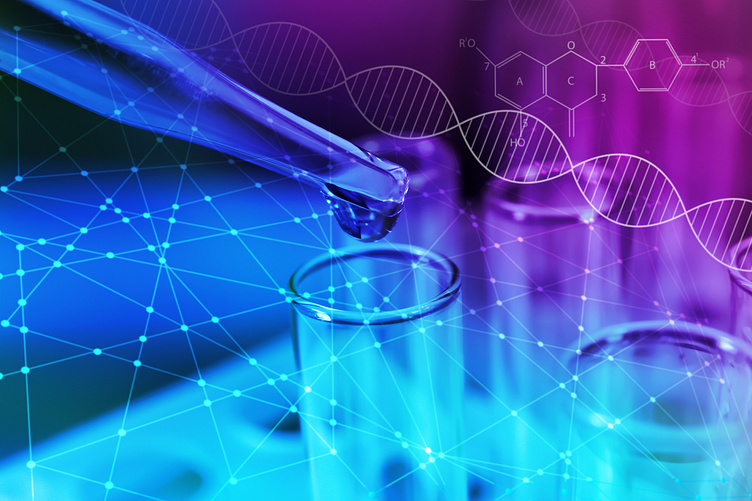Top Trends In Healthcare And Life Sciences Marketing
Table of Contents: * What is Healthcare Marketing? * Important Healthcare marketing Statistics * Top 7 Life Science marketing trends in 2021 * Conclusion
What is Healthcare Marketing?
Healthcare marketing involves creating, communicating, and delivering messages to engage healthcare providers, guide them on their healthcare journey, and keep them connected to the healthcare system.
Healthcare Marketing Statistics:
In the United States, healthcare advertising spending is expected to increase by 18% in 2021. The United States is a world leader in healthcare advertising spending. (eMarketer) In 2020, 5% of all Google searches are health-related. Google is a trusted resource for people worldwide to get answers to health-related questions and find providers. (Google) 47% of Internet users search for information about doctors or other health professionals. (Pew Research 2020)
Top 7 Life Science marketing trends in 2021:
The latest marketing trends focus on engaging the right customers, improving the customer experience, diversifying content strategies, and expanding your online presence.
1) Make a Human-Centric Connection:
Science marketing trends this year help brands break barriers and build a strong human connection. Of course, quality products and reliable services are important for survival, but now more than ever, people want to connect with companies that authentically meet their needs.
Given how emotions are such a strong motivator in the shopping process, it pays attention to building relationships with clients.
2) Use Social Proof:
In the field of life sciences, people care about other people's experiences, and thus they will decide if they are going to do business with an organization. Loving companies have a way of making it a part of their life science marketing strategy through user-generated content (USG). USG refers to content that has been created by the brand's users. These can be reviews, comments, images, social media stories, etc.
USG works. It's a powerful tool in product promotion, with 92% of consumers saying they trust organic, user-generated content more than traditional advertising (according to the Nielsen Consumer Trust Index).
3) Learn How to Navigate Regulations:
Personalized stories, artificial authentication, one of the most effective marketing tools, can cause to abandon policies and make it extremely difficult to follow FDA guidelines.
There is a lot of expertise in the field of life sciences and there are highly technical products. Marketers understand regulatory guidelines and barriers to customer access.
4) Interact:
It's not easy to stand out, which is why improving digital content is so important that it creates a heartwarming, immersive experience. Interactive content, such as social media quizzes, live video, online workshops, virtual trade show exhibitions, online calculators, etc., can make it easy to attract the right audience and provide a reason to engage.
5) Deliver a Seamless Experience:
Brand consistency is important for remembering the brand and giving customers a seamless experience. Combine digital advertising, website design, print materials, social media, etc. to create a seamless brand experience. When consumers receive a consistent message across all challenges, they are more likely to trust your brand.
Contradictory communication can confuse customers and damage the brand's reputation. So, put yourself in your customer's interest and take the time to analyze all your channels throughout the customer's life.
